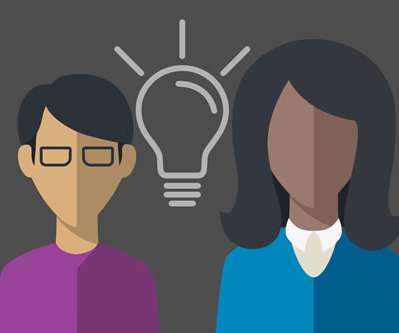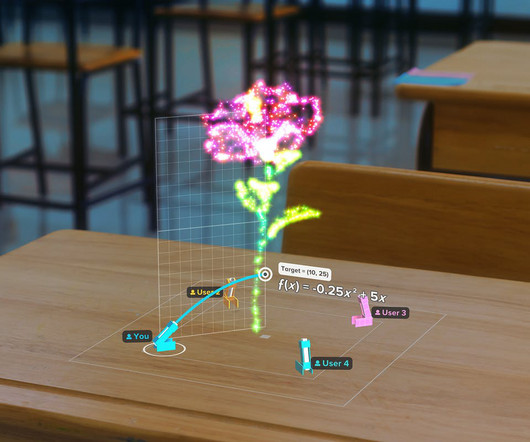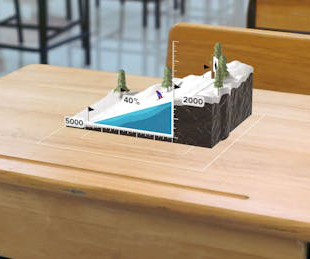Verizon launches free trainings and tools to help educators navigate digital instruction
eSchool News
NOVEMBER 17, 2020
Teacher Training Pathways offers educators a free platform for professional development. Educators across the nation can now access Teacher Training Pathways , a free platform offering courses aligned to micro-credentials on remote and hybrid learning, instructional technology coaching and more.
















Let's personalize your content